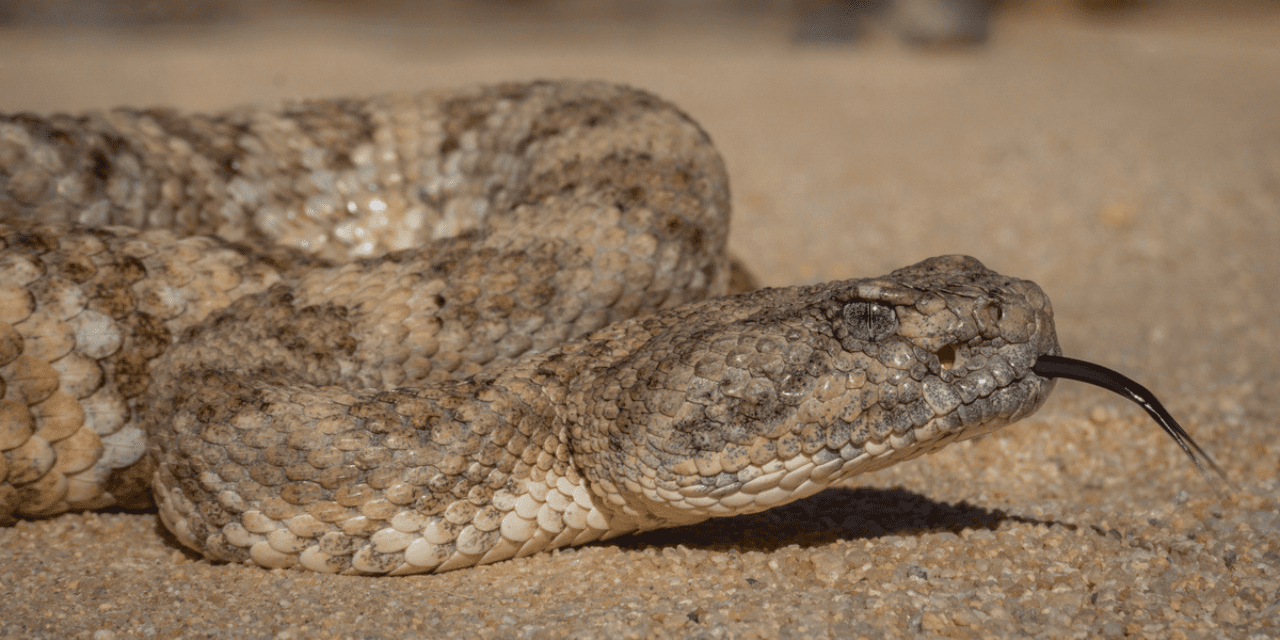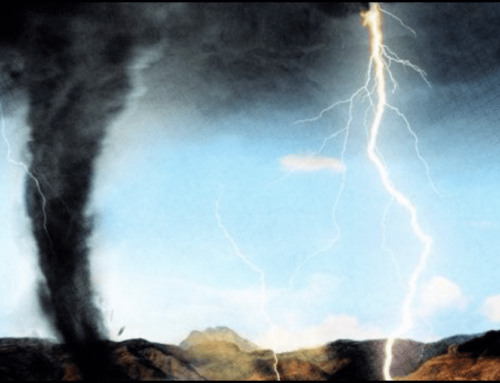
Rattlesnake Bites Can Be Avoided!
By Philip Bonafede

The very mention of a rattlesnake sends shivers down some people’s spines! Thanks to Hollywood and urban legends, many people have never replaced these fears with facts. Fortunately, 21st century teachers are now sharing decades of research and experience to replace fear with understanding.
How do I avoid a rattlesnake bite?
- Always look where you place your hands and feet, and never disturb or attempt to kill or move a rattlesnake! Do a regular inspection of the perimeter of your home/garage am & pm.
- Clear unnecessary brush from the perimeter of your home. Rattlesnake fencing is available, but it should be installed by a professional who understands the criteria.
- Look for rat droppings around the external perimeter of your home daily! (This is a big concern because rodents are the primary food of rattlesnakes.)
- Teach your children to understand what to do in case they see a snake of any kind. Learn snake recognition!
- Have your dogs professionally trained in K9 Rattlesnake Aversion so that they can identify & avoid them.
- Watch the Dr. Emily Taylor lecture on “myth-busting for a peaceful co-existence” from 2021 on YouTube. Excellent information!
- Subscribe to Bryan Hughes’ Facebook page called, “Rattlesnake Solutions out of Arizona.” He provides a tremendous amount of valuable information.
- Always inform your guests of the possibility of a rattlesnake encounter on your property, even if you live in a big neighborhood. Large neighborhoods with night lights attract bugs, bugs attract rats, and rats attract rattlesnakes!
- Never leave your doors open without a screen door! Never leave pet food and water outside as it attracts rats and snakes. Never leave shoes outdoors and inspect them before touching them!

Rattlesnakes are active near sunset, April-November, staking out a rodent trail and laying in wait, as they are amazing ambush predators. They prefer the safety of your home against the outdoor walls near a water source. This protects them from the heat, cold, rain, winds, predators and allows them to digest or find their prey. If you have clutter around your home, you are inviting them to come and hide there. Chemical deterrents do not work – they’re a waste of money! Rattlesnakes are especially visible during mating seasons. Around April-May-June and early fall, you’ll mostly see the larger males looking for love. They hibernate (brumate) November-April, but this is predicated on the weather. This year they were out the middle of March. In 2021, they were visible April 1st.
Bottom line? Rattlesnakes really do not want to bite anyone! They are NOT aggressive and will only bite when frightened or intentionally/accidentally disturbed, so leave them alone and call a friendly, reputable, rattlesnake wrangler.
8,000 humans are bit in the USA annually. Only five of them die, on average. California reports about 300 bites a year with zero deaths. One source says 300,000 pets are bitten annually by venomous snakes in the USA. Sadly, dogs and cats under 10 pounds die.
I have been handing rattlesnakes since 1966, have been a desert resident for 49 years, and a professional hike leader since 1990. I am a former member of the Palm Springs Desert Museum Natural Science Council. I’ve spent the past 42 years reading and learning about rattlesnakes (rescue/relocate locally only). I specifically study rattlesnake behavior in our area of the high desert so I can share the most valuable, up to date information with Joshua Tree Voice readers and my clients. My classes provide dogs with a new instinct that teaches them to steer clear of a rattlesnake and alert you, and my basic rattlesnake safety class will diffuse fears and answer a multitude of questions. I love questions! If you are looking to have your dogs, cats, or family, professionally trained in Rattlesnake Aversion, please contact me for further information. Text is preferred 760-401-4488, or find me on Facebook: Phil’s K9 Rattlesnake Aversion Classes.












